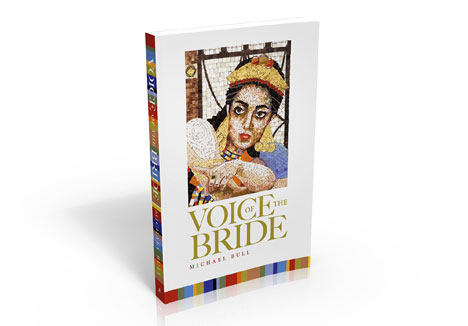Voice of the Bride
“One tessera at a time, painstaking, laborious, such is the truth of mosaic art. Opus Veritas.” – Massimiliano Salviati
The confusion about women’s roles in Church is not confined to one side of the modern debate. Neither side seems to have much idea at all. Both sides suffer from a theology consisting of disjointed facts filed in little boxes. They think in elements rather than processes, snapshots rather than movies. The problem is the result of a lack of a whole-Bible, Covenant-sensitive approach to the matter, one which James Jordan excels at, one which traces the roots of the problem to the (pretty much) wholesale jettisoning of centuries old liturgy, failure to see Old Covenant worship fulfilled in New Covenant worship, and the ridiculous classification of early Genesis as a polemic against ancient paganism, rather than the foundation of all worship, liturgy, sacred architecture and history. This means if one says anything about the issue publicly, one is likely to be misunderstood.
Late last year, I thought it would be good to outline in a book not only the biblical arguments but also the “liturgical” patterns found in the Bible histories, which modern conservative scholarship seems to be unaware of or else deems unimportant. After my post yesterday, I reckon it’s an even better idea. And I can also deal more justly with the thoughtful questions and arguments raised by John Dickson in his ebook, Hearing Her Voice: A Case for Women Giving Sermons. What I really want Christian academia to see is the impotence of a methodology that relies on word studies and refuses to see words as parts of carefully crafted sentences and stanzas and structural allusions — as sacred architectures with consistent scenery, furnishings and roles. It might help with the misclassification of Genesis 1 as well. Instead of throwing proof texts at each other in the dark, we can throw the whole book.
The image on the cover is one of a series of mosaics of Queen Esther by Lilian Broca, who has kindly given permission for its use. Hopefully the content of the book reflects its beauty in some measure.


























